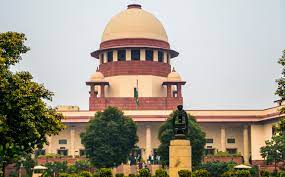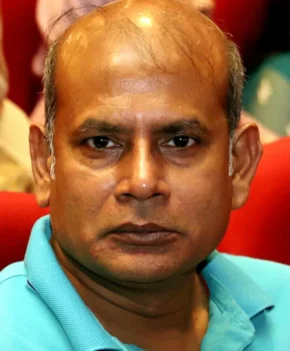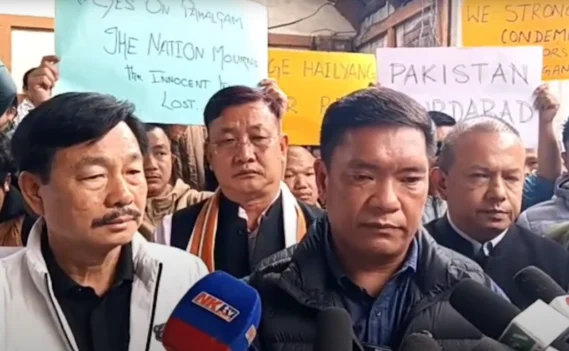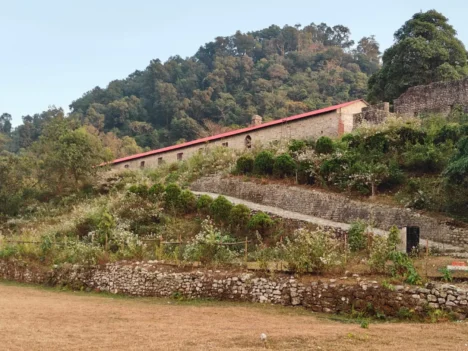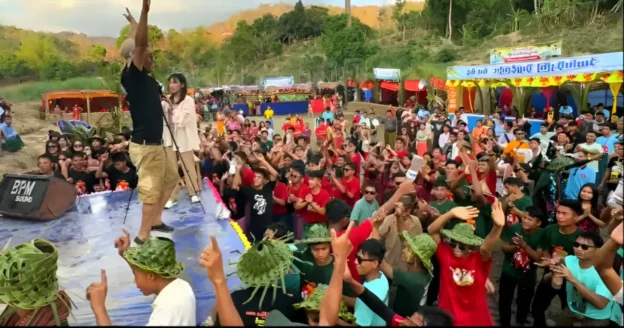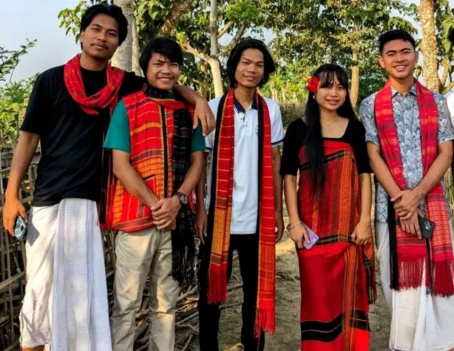In a significant development, the Supreme Court on Wednesday has questioned Manipur High Court’s ruling to include the Meiteis community in the ST list. The Apex court came down on the judgment which was delivered by Manipur High Court Chief Justice M V Muralidharan leading too violent clashes in Manipur from May 3 which over 70 persons being killed and scores of other injured and displaced.
A report in the Bar and Bench said that a bench comprising Chief Justice of India (CJI) DY Chandrachud and Justices PS Narasimha and JB Pardiwala criticised the Manipur High Court’s decision, deeming it “factually incorrect” and contrary to the principles established by Supreme Court Constitution bench judgments regarding the classification of communities as Scheduled Castes or Scheduled Tribes.
“We must stay the order of the Manipur High Court. It is completely factually wrong, and we provided Justice Muralidharan with an opportunity to rectify his mistake, but he failed to do so. We need to take a strong stance against it now. If High Court judges fail to adhere to constitution bench judgments, then what course of action should we pursue? It is abundantly clear,” remarked the CJI.
According to the report published in the Bar and Bench, while a stay was not imposed noting that as an appeal has been filed before the division bench of the High Court against the judgment of the single-judge, aggrieved parties can present their case before the division bench.
Chief Justice of Manipur High Court Muralidharan had in March this year issued an order instructing the Manipur government to “consider including the Meetei/Meitei community in the Scheduled Tribe list, preferably within a span of four weeks from the date of the order.”
Consequently, these instructions resulted in violent clashes between tribal and non-tribal communities, leading to tragic loss of lives.
Meanwhile, upon receiving a request from the authorities, the HC granted an extension of the implementation period, increasing it from one month to one year. However, CJI Chandrachud voiced the urgency to intervene and overturn the order issued by the Manipur HC.
According to the CJI, the HC’s decision was based on factual inaccuracies, and despite providing Justice Muralidharan with an opportunity to rectify the error, no corrective actions were taken. The CJI emphasised the importance of adopting a resolute position against the flawed judgment.
During the proceedings senior advocate Colin Gonsalves, representing the petitioner, informed the Supreme Court that the High Court’s judgment was in direct contradiction to the judgments delivered by the Supreme Court on the same matter.
During the hearing, Solicitor General Tushar Mehta provided crucial updates regarding relief efforts for individuals affected by challenging circumstances. According to a report by Bar & Bench, Mehta revealed that proactive measures were being taken to support those in need, including the relocation of individuals to relief camps and their subsequent repatriation to their respective hometowns.
The positive impact of these relief efforts is evident as approximately 46,000 individuals have received assistance thus far. Notably, around 3,000 individuals have been aided through air travel, emphasising the commitment to reach out to those in remote or inaccessible areas.
On Wednesday, the Supreme Court requested a new status report from the Manipur government regarding the actions taken to address the recent sectarian unrest in the state.
The three-judge bench, headed by Chief Justice of India D Y Chandrachud, clarified that they are not transferring all proceedings to Manipur. Instead, they urged the state government to provide them with a fresh status report on the progress of reopening. The bench emphasised that while they are not halting any proceedings before the High Court, as a constitutional court, they want to be regularly informed about the steps being taken independently.
It is worth noting that the judgment of the Manipur High Court has sparked violent clashes between various communities, exacerbating tensions within the region.

